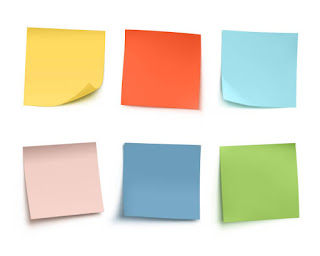8 Benefits Of Graphic Organizers
There are many uses for graphic organizers across a variety of assignments in a variety of subjects for a variety of ages. Jumbled ideas for an essay can often be well-organized in a graphic organizer, as can talking points for a presentation. Graphic organizers can capture information for a research project or a creative activity. Note-taking for a chapter of fiction or non-fiction text can absolutely be accomplished in a graphic organizer.
Read on to learn about the different types of graphic organizers. Continue scrolling to discover a variety of ways that these resources can be used based on the type of activity and/or personal preference!
Types of graphic organizers
Keep in mind that many of these graphic
organizers can be used for an assortment of activities, while others have a
more focused purpose!
- Mind map
- Flow chart
- Venn diagram
- List
- Outline
- Concept map
- Sequence chart
- Storyboard
- Freewriting
- KWL chart
- Timeline
- Cause and effect
- Vocabulary
- Problem-solving
Ways to use graphic organizers
- These are just some of the numerous ways to use graphic organizers!
- Jotting topics, sub-topics, and details/examples for an essay
- Taking notes on a chapter of a textbook or literary work
- Mapping out talking points for a speech or presentation
- Writing a creative piece
- Keeping track of topics to further explore
- Establishing content and ideas for a research project
- Learning a new vocabulary word’s definition, part of speech, origin, synonyms, and antonyms, as well as an example sentence
- Scribbling ideas for a blog post 😉
When it comes to selecting a graphic organizer,
each of your students will likely factor in his/her personality and workstyle
along with the purpose or type of task to be accomplished.
For example, when writing an essay, an
outline will work well for someone who likes structure, while a flow chart may
be ideal for someone who enjoys a more visual representation of information.
During the various phases of a research project,
someone who likes the consistency of bullet points may function best with lists;
meanwhile, another individual who prefers art-like visuals may thrive with a
concept map.
With any type of graphic organizer,
abbreviations, colored ink, and images can definitely be incorporated for the
sake of style, expression, and, of course, organization!
Encouraging your students to try
different graphic organizers will ultimately help them discover the formats
that bring them success.
Happy organizing!
I hope my blog post will serve as an
effective guide to help your students incorporate graphic organizers to successfully
complete their assignments. Check out my
Teachers Pay
Teachers store
for a variety of versatile products for all grades and subjects!
Leave a question, comment, or suggestion
below, in the Comments Section!
Follow me on Instagram:
elathemissmway
Peace. Love.
Reading & Writing.
💗 Miss M





Comments
Post a Comment